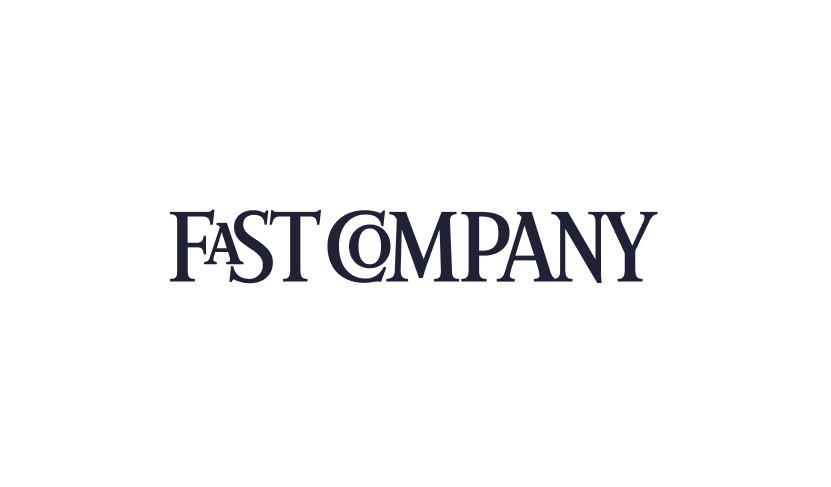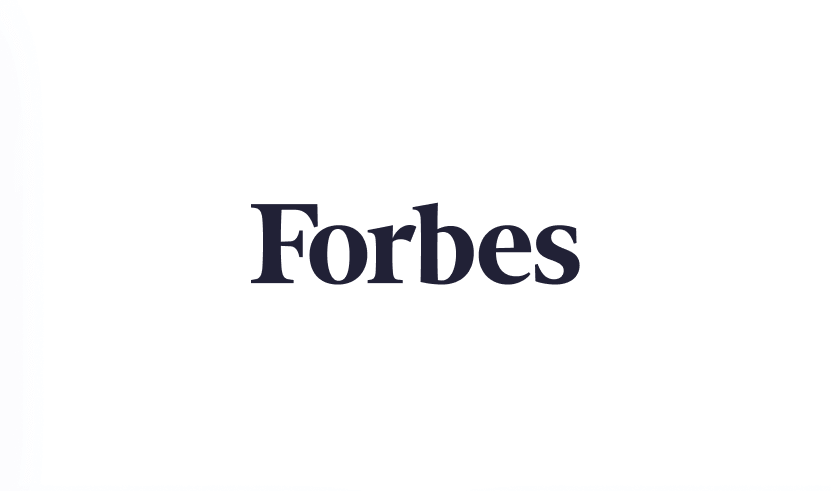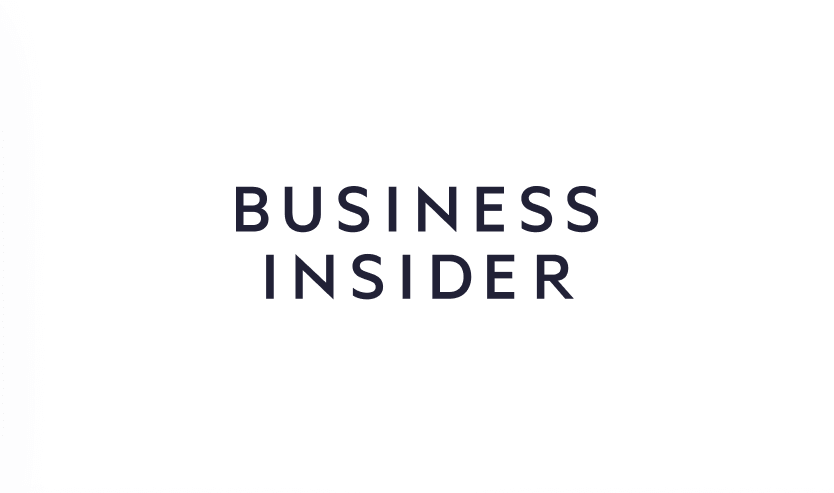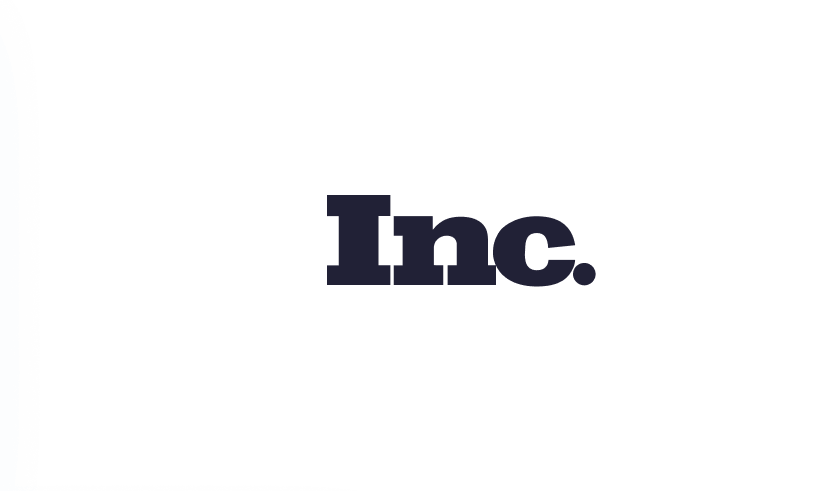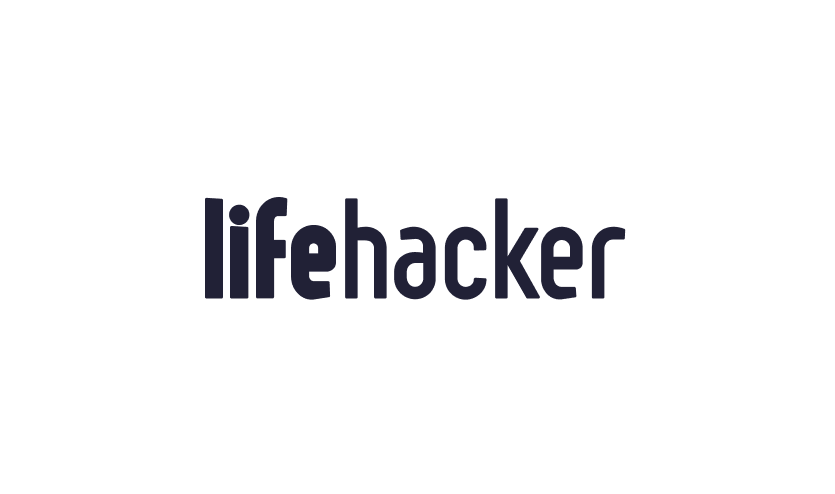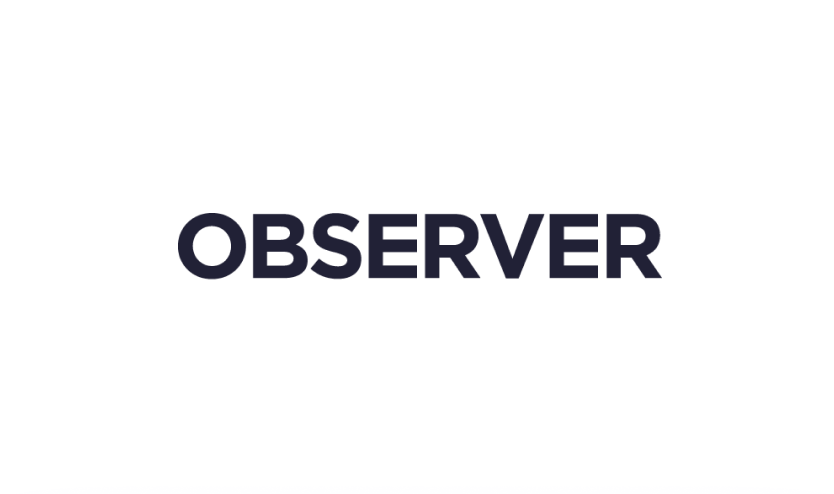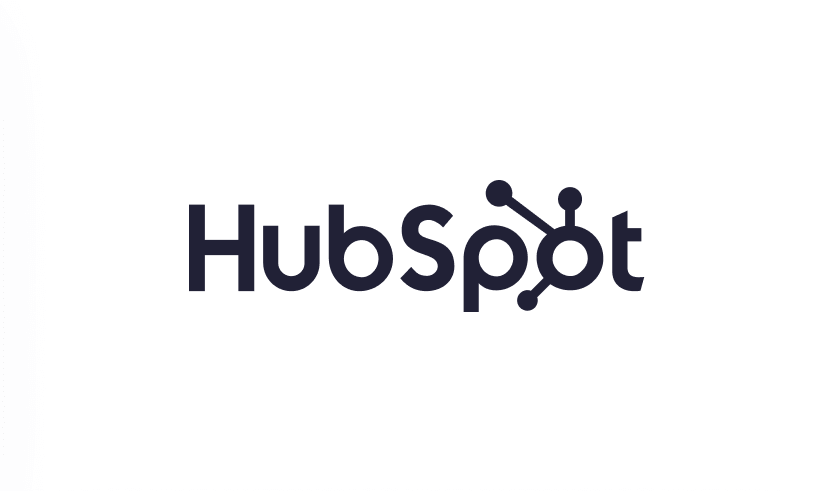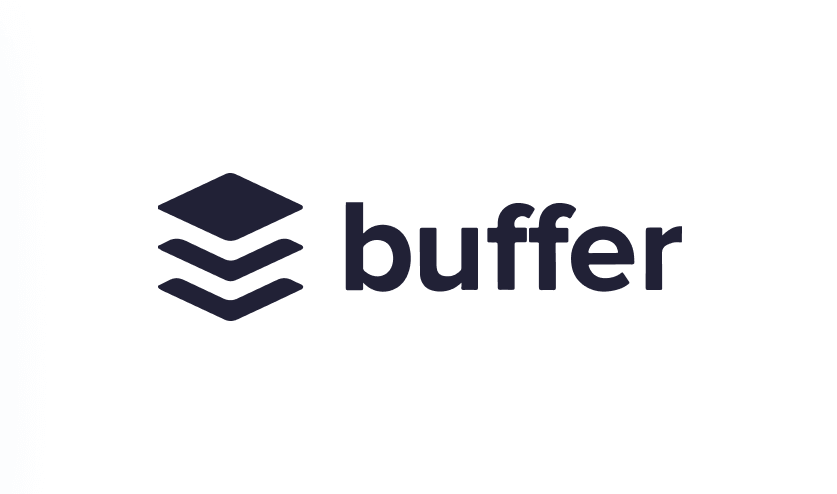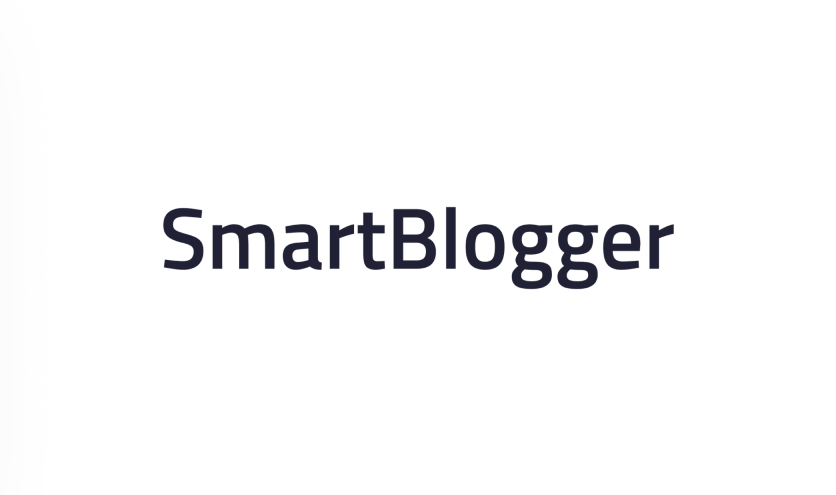8 Examples of Email Design Inspiration for 2025
Why Your Emails Aren't Getting Opened: The Design Inspiration You've Been Missing
In the hyper-competitive inbox, generic emails are deleted on sight. Success isn't just about what you say; it's about how you present it. Great email design builds trust, drives engagement, and is a critical component in converting casual browsers into loyal, repeat buyers. If your open rates are flat and your click-throughs are nonexistent, the problem might not be your offer but your delivery.
This article provides the email design inspiration you need to break through the noise. It isn't just a gallery of pretty templates; it's a strategic breakdown of what makes world-class email designs actually perform. We move beyond surface-level observations to deliver a masterclass in effective email creative.
You'll get a deep analysis of 8 powerful examples from brands like Spotify, Airbnb, and Stripe. We will dissect the specific tactics, psychological triggers, and replicable strategies behind their success. You will leave with a clear, actionable blueprint to apply these advanced concepts to your own campaigns immediately. Prepare to transform your email program from a simple communication tool into a high-impact revenue channel.
1. Spotify Wrapped Annual Campaign
Spotify's annual "Wrapped" campaign is a masterclass in hyper-personalized, data-driven email marketing. Far more than a simple year-in-review, it transforms user data into a captivating, shareable experience. Each email is a unique story, showcasing a user's listening habits with vibrant gradients, bold typography, and animated graphics. This approach provides a prime source of email design inspiration by demonstrating how to make data feel personal and exciting.
The campaign's success lies in its ability to foster a deep sense of individual recognition. By presenting personalized statistics like top artists, most-played songs, and total listening minutes, Spotify creates a powerful emotional connection. The design is mobile-first, recognizing that users will likely view and share from their phones.
Strategic Breakdown
The core strategy is to leverage exclusivity and personal data to generate organic buzz. The emails are not just informative; they are designed for social sharing. Key data points are presented as easily digestible, visually appealing "cards" that are perfect for Instagram Stories or X (formerly Twitter). The 2023 campaign even integrated insights from Spotify's AI DJ, adding another layer of innovative personalization.
This infographic highlights key statistics that underscore the campaign's massive reach and design focus.
The millions of annual social shares are a direct result of a design strategy that prioritizes shareability and personal connection.
Actionable Takeaways for Your Brand
You don't need Spotify's budget to replicate this strategy. The key is to use the customer data you already have to create a personalized and visually engaging experience.
Leverage User Data: Use purchase history, browsing behavior, or engagement metrics to create a "year in review" email. Highlight a customer's "top-viewed product" or "most-purchased category."
Design for Sharing: Create visually distinct, shareable snippets within your email. Use bold, contrasting colors for key stats and include clear social sharing CTAs.
Prioritize Mobile: Ensure your design is flawless on mobile devices. Use a single-column layout, large fonts, and thumb-friendly buttons to optimize the user experience.
2. Airbnb Storytelling Welcome Series
Airbnb’s welcome series is a quintessential example of how to use storytelling and visual design to create an immediate emotional connection with new users. Instead of a generic onboarding flow, Airbnb immerses subscribers in the world of travel through stunning, destination-focused photography and authentic narratives. Each email is a carefully crafted postcard, using full-width hero images and minimal text to let the visuals speak for themselves, offering a perfect source of email design inspiration for brands selling an experience, not just a product.
The campaign excels by making the platform's value proposition tangible. It moves beyond simply listing features and instead sells the dream of belonging anywhere. By showcasing unique homes, local host stories, and hidden gems in various cities, the emails inspire wanderlust while simultaneously educating users on how to find and book their ideal stay.
Strategic Breakdown
The core strategy is to build trust and inspire action by grounding the brand in authentic human experiences and beautiful destinations. The design hierarchy prioritizes immersive imagery over dense copy, creating an aspirational feel that encourages exploration. Calls-to-action are often simple and direct, such as "Explore homes" or "Find a place to stay," guiding the user naturally from inspiration to the booking funnel.
This approach is highly effective for building a relationship before asking for a transaction. For a more in-depth look at structuring such a sequence, consider this guide to welcome series for nonbuyers on chasedimond.com. The focus is less on a hard sell and more on establishing Airbnb as a trusted companion for future travel.
Actionable Takeaways for Your Brand
You don't need a global inventory of homes to adopt this storytelling approach. The key is to shift focus from product features to the customer experience and lifestyle your brand enables.
Lead with High-Quality Visuals: Use professional, authentic photography as the centerpiece of your email. Showcase your product in a real-world, aspirational context.
Tell a Story: Instead of just listing benefits, frame your message as a story. This could be a customer success story, the origin of your product, or the lifestyle it promotes.
Keep Copy Minimal and Evocative: Let your images do the heavy lifting. Use concise, powerful headlines and short paragraphs to complement the visuals and guide the user toward the CTA.
3. Stripe Transactional Email Excellence
Stripe's transactional emails are the gold standard for clarity, function, and trust in financial communications. Instead of flashy graphics, Stripe prioritizes impeccable information architecture, turning potentially confusing receipts and notifications into models of efficiency. Their designs use clean layouts, a strong visual hierarchy, and monospace fonts for numerical data, making complex payment information incredibly easy to understand at a glance. This functional approach provides a unique source of email design inspiration by proving that utility and user-centric design can be more powerful than elaborate creative.
The brilliance of a Stripe email, whether a payment confirmation or an invoice, is its predictability and reliability. Users know exactly where to find critical information, which builds immense trust in the platform. The design is intentionally minimalist, removing all distractions to focus the user entirely on the essential data: the amount, the vendor, and the transaction status. This focus on clarity is a powerful lesson for any brand handling sensitive customer information.
Strategic Breakdown
Stripe’s core strategy is to build user trust through radical clarity and functional design. Transactional emails like receipts and payment notifications are often an afterthought, but Stripe treats them as a core part of the user experience. By presenting financial data with precision, they reinforce their brand promise of being a reliable and secure payment processor. Every design choice, from the typography to the spacing, is made to reduce ambiguity and prevent user confusion. This builds confidence not just in Stripe, but also in the merchant using its services. For a deeper dive into optimizing these crucial touchpoints, you can learn more about crafting effective order confirmation emails.
Actionable Takeaways for Your Brand
You don't need to be a fintech giant to implement Stripe's principles. The key is to prioritize clarity and function in all your transactional communications, especially those containing financial or personal data.
Implement a Clear Hierarchy: Use bold headings, whitespace, and subtle color differences to guide the user’s eye to the most important information first, like the total cost or order number.
Use Monospace Fonts for Data: Adopt monospace fonts (like Courier or Consolas) for numerical data. This aligns numbers vertically in tables, making line items and totals significantly easier to read and verify.
Prioritize Information Over Promotion: Resist the urge to clutter transactional emails with marketing banners or unrelated offers. Keep the focus strictly on the transaction to build trust and reduce cognitive load for the user.
4. Mailchimp Illustrated Brand Personality
Mailchimp has long championed the power of illustration and playful design to humanize B2B communications. Their emails masterfully blend a distinctive yellow color palette, friendly copy, and custom illustrations to create a brand personality that is both approachable and authoritative. This technique is a fantastic source of email design inspiration because it proves that even technical or business-focused content can be engaging and memorable.
The core of their design philosophy, heavily influenced by former Creative Director Jon Hicks, is to make complex topics feel simple. By using their mascot, Freddie, and a consistent cast of illustrated characters, Mailchimp turns potentially dry product updates or educational tips into visually delightful experiences. This builds brand affinity and makes their content instantly recognizable in a crowded inbox.
Strategic Breakdown
Mailchimp’s strategy is to use illustration as a core brand asset, not just decoration. These visuals serve specific purposes: guiding the user's eye, simplifying complex concepts, and injecting personality. For instance, product update announcements often feature illustrations that visually explain the new feature's benefit, making it easier for users to understand and adopt.
Their approach ensures brand consistency across all touchpoints, from their website to their email templates. The playful-yet-professional tone is carefully balanced, establishing trust while keeping the brand from feeling stuffy or overly corporate. This consistency makes the brand reliable and likable.
Actionable Takeaways for Your Brand
You can infuse your emails with personality even without a dedicated illustration team. The goal is to develop a unique visual style that reflects your brand's voice.
Develop a Consistent Illustration Style: Whether you use custom drawings, high-quality stock illustrations, or even unique iconography, stick to one style. This creates a cohesive and recognizable brand identity.
Balance Playfulness with Professionalism: Use illustrations to add character, but ensure the overall design remains clean and easy to read. Your primary message should always be clear.
Illustrate Complex Concepts: If you need to explain a process, feature, or data point, use a simple illustration or an annotated screenshot. Visuals are often more effective than text for clarifying complex information.
5. TheSkimm Mobile-First Newsletter Design
TheSkimm fundamentally changed the newsletter game by pioneering a mobile-first design philosophy centered on scannability and a conversational tone. Their daily news briefing is crafted specifically for busy, on-the-go professionals consuming content on their phones. The design features short, digestible paragraphs, strategic use of emojis for visual breaks, and a consistent, predictable format. This provides a wealth of email design inspiration for any brand aiming to engage a mobile-centric audience.
The genius of TheSkimm's approach is its unwavering focus on the reader's context. They recognized that mobile reading requires a different set of rules: less clutter, clear hierarchy, and a voice that feels like a conversation with a smart friend. By breaking down complex news stories into easily scannable snippets, they deliver value quickly and efficiently, building a powerful daily habit among their subscribers.
Strategic Breakdown
TheSkimm’s core strategy is to make information consumption effortless and enjoyable on a small screen. They achieve this by treating their email not as a digital document, but as a mobile-native experience. The consistent daily format, with familiar sections like "Quote of the Day" and "Skimm Your Life," creates a predictable user experience that reduces cognitive load. Their witty, conversational copy and sparing use of emojis add personality and visual interest, preventing the text-heavy format from feeling monotonous.
This deliberate design choice has cultivated a fiercely loyal readership that relies on the newsletter for their daily information diet, making it a powerful channel for both content and monetization.
Actionable Takeaways for Your Brand
You don't need to be a news media company to adopt TheSkimm's mobile-first principles. This approach is highly effective for any content-rich email, from weekly roundups to product education series.
Embrace Brevity: Keep your paragraphs to a maximum of 2-3 sentences. Use single-column layouts and ample white space to create a clean, uncluttered reading path.
Create a Consistent Format: Develop a repeatable structure for your regular newsletters. This helps subscribers know what to expect and allows them to quickly find the sections that interest them most.
Use Visual Cues Strategically: Integrate emojis, bolded text, and hyperlinked phrases to guide the reader's eye and break up blocks of text. Ensure these elements add to the clarity, not detract from it.
6. Patagonia Environmental Storytelling
Patagonia elevates email marketing from a mere sales channel to a platform for powerful brand activism and environmental storytelling. Instead of focusing solely on products, their emails often lead with compelling narratives about conservation, sustainability, and community action. They use stunning, authentic outdoor photography and minimalist design to create an immersive experience that resonates with their audience's values. This values-driven approach provides a unique source of email design inspiration by showing how to build a loyal community around a shared mission.
The brand's emails succeed by seamlessly integrating their core purpose with their commercial goals. A message about protecting a wilderness area might be paired with a feature on the durable gear needed to explore it. This authentic alignment builds immense trust and brand affinity, turning customers into advocates. The design is clean and editorial, prioritizing readability and emotional impact over flashy promotions.
Strategic Breakdown
Patagonia's core strategy is to use its email platform to reinforce its brand identity as an "activist company." The goal is not just to sell a jacket but to sell a belief system. Emails often feature long-form stories, short documentaries, or petitions, placing activism at the forefront. Product promotions are secondary and feel like a natural extension of the brand's mission, rather than a jarring sales pitch.
This strategy is effective because it fosters a deep, emotional connection that transcends transactional relationships. By focusing on causes their audience cares about, they create content that is genuinely valuable and shareable. To learn more about how powerful narratives can transform your campaigns, you can explore additional email storytelling examples that highlight this technique.
Actionable Takeaways for Your Brand
You don't need to be an activist brand to adopt Patagonia's storytelling principles. The key is to align your email content with your company's core values and communicate them authentically.
Lead with Your "Why": Start your emails with content that reflects your brand's mission or values. Share a behind-the-scenes story about your sourcing, a team member's passion, or a community initiative you support.
Balance Story and Sales: Integrate product mentions naturally within a larger narrative. For example, a home goods brand could tell a story about creating a cozy home and then feature the relevant products.
Use High-Impact Visuals: Invest in authentic photography or videography that tells a story and captures the feeling of your brand. Avoid generic stock photos and showcase real people and real situations.
7. Glossier Minimalist Beauty Aesthetic
Glossier has mastered the art of translating a brand's core philosophy into its email marketing. Their design perfectly mirrors their "skin first, makeup second" ethos, using clean, minimal layouts, generous white space, and their signature soft pink accents. This approach makes their emails feel less like aggressive marketing and more like a trusted recommendation from a friend, providing a unique source of email design inspiration for brands focused on authenticity and community.
The power of Glossier's emails lies in their simplicity and relatability. They often feature user-generated content (UGC) with real customers, showcasing products on diverse skin tones and types. This authenticity, combined with a clean, almost conversational design, builds trust and makes the brand feel accessible and genuine. The design is consistently mobile-first, with a single-column layout that makes scrolling and shopping seamless.
Strategic Breakdown
The core strategy is to build a community around the brand by making the customer the hero. Instead of relying on traditional, polished beauty campaigns, Glossier puts its community front and center. Emails for product launches, customer spotlights, and behind-the-scenes content all prioritize authentic, often unretouched, photography. This UGC-centric approach not only provides social proof but also creates an emotional connection with subscribers who see themselves reflected in the brand.
This community-first design fosters a sense of belonging and turns customers into brand advocates. The aesthetic is so consistent that a Glossier email is instantly recognizable in a crowded inbox.
Actionable Takeaways for Your Brand
You can adopt Glossier's minimalist and community-focused approach to build a more authentic connection with your audience, regardless of your industry.
Incorporate User-Generated Content: Actively solicit and feature customer photos and reviews in your emails. Create a dedicated hashtag and encourage customers to share how they use your products.
Maintain a Consistent Aesthetic: Define a clean, simple visual identity with a limited color palette and consistent typography. Apply this aesthetic across all your emails to build brand recognition.
Focus on Authenticity: Use authentic, unretouched photography wherever possible. Let the quality of your product and the stories of your customers do the selling, rather than relying on heavy-handed sales tactics.
8. Uber Dynamic Location-Based Emails
Uber's use of dynamic, location-based emails is a powerful example of leveraging real-time data to deliver supremely relevant content. Instead of generic blasts, Uber sends messages that are contextually aware of the user's immediate surroundings and circumstances. Emails featuring promotions for rides to local concerts, alerts about surge pricing during a rainstorm, or deals for airport transfers are tailored to the individual's specific location, making the communication feel less like marketing and more like a helpful service. This approach provides excellent email design inspiration by showing how to transform user data into timely, hyper-relevant offers.
The effectiveness of this strategy comes from its utility-driven design. The emails are built to be immediately useful, often solving a problem the user is facing at that exact moment. By integrating local event schedules, weather data, and real-time traffic information, Uber creates a powerful incentive to engage. The design is clean, map-centric, and focused on a single, clear call-to-action, such as "Ride Now" or "See Fares."
Strategic Breakdown
The core strategy is to use geolocation data to create timely and highly contextual marketing triggers. These emails move beyond simple personalization, like using a first name, to achieve true individualization based on a user's current environment. The content is dynamic, meaning the offers, maps, and event details change automatically for each recipient based on their location, making each email unique and exceptionally relevant.
For example, a user near a stadium on game day might receive an email with a map showing designated pickup zones and a promotion for a ride home. This isn't just a generic ad; it's a practical tool designed for that specific time and place. This deep level of customization turns the email from a simple promotion into an indispensable part of the user experience.
Actionable Takeaways for Your Brand
You don't need Uber's massive data infrastructure to apply the principles of location-based marketing. The key is to use location data responsibly to add value and relevance to your communications.
Segment by Geography: Start by segmenting your email list by city, state, or region. Send targeted emails about local store events, region-specific promotions, or new product availability in their area.
Integrate Local Events: Align your email campaigns with local holidays, festivals, or major events. A clothing brand could promote team colors before a big game, or a restaurant could offer specials during a local food festival.
Use Weather Triggers: If you have access to this data, create automated campaigns triggered by local weather. Promote raincoats on a rainy day, or ice cream and swimwear during a heatwave. Always ensure your use of data is transparent and adds clear value.
Email Design Inspiration: 8-Example Comparison
From Inspiration to Implementation: Your Next Steps
We've journeyed through a powerful gallery of email design inspiration, moving from the data-driven personalization of Spotify Wrapped to the minimalist elegance of Glossier. Across all eight distinct examples, a clear pattern emerges: exceptional email design is never just about aesthetics. It's a strategic fusion of brand identity, audience understanding, and a relentless focus on a single, clear objective for each campaign.
The most successful brands treat the inbox not as a billboard, but as a personal, one-to-one communication channel. Airbnb doesn't just show you rentals; it sells the dream of belonging anywhere. Patagonia doesn't just list product features; it invites you to join a mission. This strategic depth is the crucial difference between an email that gets deleted and one that gets treasured, shared, and acted upon.
Synthesizing the Core Principles
The common threads weaving through these top-tier examples provide a roadmap for your own efforts. Let’s distill the most critical, replicable strategies you can apply immediately:
Hyper-Personalization at Scale: As seen with Spotify and Uber, using customer data to create a unique experience is paramount. This goes beyond using a first name; it involves leveraging purchase history, browsing behavior, and location to deliver content that feels tailor-made.
Narrative-Driven Engagement: Storytelling is your most powerful tool. Airbnb and Patagonia masterfully use narrative to build an emotional connection, transforming a simple marketing message into a memorable experience that builds brand loyalty.
Unyielding Brand Consistency: Your brand's voice and visual identity must be unmistakable. Mailchimp’s playful illustrations and Glossier’s minimalist aesthetic ensure their emails are instantly recognizable, reinforcing brand recall and trust with every send.
Functionality as a Feature: Never sacrifice clarity for creativity. Stripe’s transactional emails are a masterclass in clean, functional design. They prove that even the most utilitarian messages can be designed to be beautiful, reassuring, and exceptionally user-friendly.
Your Actionable Blueprint for Better Emails
Feeling inspired is the first step; taking action is what generates results. You don't need a massive budget or an in-house design team to elevate your email program. Start with focused, incremental improvements.
Here is your immediate to-do list:
Audit Your Welcome Series: Is it purely transactional, or does it tell your brand's story like Airbnb? Map out a three-to-five-part series that introduces your mission, showcases social proof, and provides genuine value before asking for a sale.
Commit to Mobile-First: Pull up your last three campaigns on a smartphone. Be honest. Are the fonts legible? Are the CTAs easy to tap? Simplify your layout, increase your font size, and use a single-column structure like TheSkimm to prioritize the mobile experience.
Test One New Idea: Choose one concept from this article. Perhaps it's incorporating a dynamic element like Uber or adopting a more minimalist layout like Glossier. Implement it in your next campaign as an A/B test and let the data guide your future email design inspiration.
Mastering these design principles is not just an artistic exercise; it’s a direct lever for revenue growth. Each improvement, from better typography to a clearer call-to-action, reduces friction and guides your subscriber toward conversion. Consistent, strategic design builds the trust that turns a one-time buyer into a lifelong advocate.
Ready to turn this inspiration into a repeatable, revenue-generating system for your brand? The strategies discussed here are the foundation of the high-performance email programs I build for top e-commerce businesses.
To access expert-led courses, proven templates, and the exact frameworks used to scale brands to seven and eight figures with email, explore the resources available at Chase Dimond.





